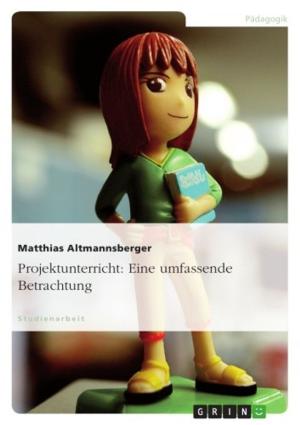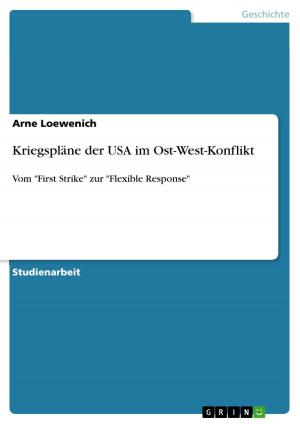| Author: | Nina Ratavaara | ISBN: | 9783656012252 |
| Publisher: | GRIN Verlag | Publication: | September 21, 2011 |
| Imprint: | GRIN Verlag | Language: | English |
| Author: | Nina Ratavaara |
| ISBN: | 9783656012252 |
| Publisher: | GRIN Verlag |
| Publication: | September 21, 2011 |
| Imprint: | GRIN Verlag |
| Language: | English |
Essay from the year 2009 in the subject Communications - Media and Politics, Politic Communications, grade: 4,0 => 2,0 (s. Anm.), University of Helsinki (Communications), course: European Media and Communication Policies, language: English, abstract: Europe can be defined and its countries linked together in several ways and its borders aren't completely clear. Geography and history join us and with the start of the EU also political and more defined economical reasons. Several areas of Europe share a similar culture. But there are as many (or maybe even more) differences as similarities. E.g. Switzerland is not part of the EU, but part of Europe and inside the country itself there are 4 languages and at least as many cultures. So how could a big area like Europe have something in common if it's not even possible in a small country like Switzerland? Media is traditionally a strong part of culture: The culture media is produced in defines its characteristics and simultaneously the media influences the culture. Regional or national radio and television seem to be a very important tool to define identity and culture. In the EU the focus lies more on economics than on building a common culture and identity. But for the EU to be accepted and therefore to function a bonding element has to exist. A shared culture and value community must be created (cf. Habermas:2001:4) and pan-European media could play a crucial role in that. It might show people living in a wide, diverse area called 'Europe' that this region could be a community that actually exists and is not only machinery publishing policies and dealing with economy. The shared currency, the Euro, could have been and maybe is a step into that direction but not every EU country has the Euro (e.g. Sweden, UK) and not every country in the European area is a member of the EU (e.g. Norway, Switzerland).Commercial media companies already walk the way towards pan-European companies and media. (cf. IBM News) Why would they do it if they wouldn't see profit in it? So even if former projects like Eurikon (cf. Euronews) have failed in the 1980'ies it seems to be worth to invest in pan-European Media both from an economical and cultural point of view. It is a challenge for national protectionism as well as for cultural and social diversity but building a community has involved the same challenges for ages.
Essay from the year 2009 in the subject Communications - Media and Politics, Politic Communications, grade: 4,0 => 2,0 (s. Anm.), University of Helsinki (Communications), course: European Media and Communication Policies, language: English, abstract: Europe can be defined and its countries linked together in several ways and its borders aren't completely clear. Geography and history join us and with the start of the EU also political and more defined economical reasons. Several areas of Europe share a similar culture. But there are as many (or maybe even more) differences as similarities. E.g. Switzerland is not part of the EU, but part of Europe and inside the country itself there are 4 languages and at least as many cultures. So how could a big area like Europe have something in common if it's not even possible in a small country like Switzerland? Media is traditionally a strong part of culture: The culture media is produced in defines its characteristics and simultaneously the media influences the culture. Regional or national radio and television seem to be a very important tool to define identity and culture. In the EU the focus lies more on economics than on building a common culture and identity. But for the EU to be accepted and therefore to function a bonding element has to exist. A shared culture and value community must be created (cf. Habermas:2001:4) and pan-European media could play a crucial role in that. It might show people living in a wide, diverse area called 'Europe' that this region could be a community that actually exists and is not only machinery publishing policies and dealing with economy. The shared currency, the Euro, could have been and maybe is a step into that direction but not every EU country has the Euro (e.g. Sweden, UK) and not every country in the European area is a member of the EU (e.g. Norway, Switzerland).Commercial media companies already walk the way towards pan-European companies and media. (cf. IBM News) Why would they do it if they wouldn't see profit in it? So even if former projects like Eurikon (cf. Euronews) have failed in the 1980'ies it seems to be worth to invest in pan-European Media both from an economical and cultural point of view. It is a challenge for national protectionism as well as for cultural and social diversity but building a community has involved the same challenges for ages.















